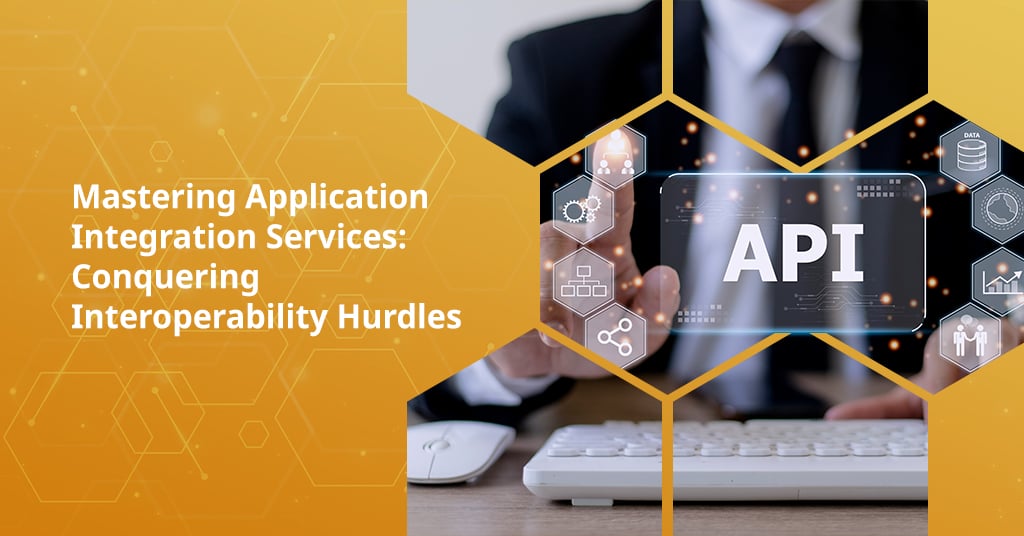As businesses rely on diverse software for operations, seamless communication and data exchange between applications take center-stage to ensure efficiency and competitiveness. Integration enhances user experience, streamlines processes, and enables real-time insights. It also fosters an environment of learning and innovation by combining functionalities from various sources, creating a unified ecosystem. Ultimately, robust application integration drives productivity. It empowers businesses to adapt swiftly to evolving market demands.
Some Common Interoperability Challenges Faced During Application Integration
Data format disparities: Integrating applications with varying data formats can lead to difficulties in data translation and transformation.
Action item: Leverage assistance from professional outsourcing partners to develop data mapping and conversion mechanisms. These can help effective information exchange between applications, reducing the risk of data loss or inconsistencies during integration.
Communication protocols mismatch: When applications utilize different communication protocols, this can lead to the introduction of adapters or middleware to enable communication.
Action item: Review business requirements carefully before deploying integration. Unless deployed professionally, the additional layer introduced by adapters can lead to latency and complexity, potentially impacting the overall performance and responsiveness of the integrated system.
System architecture misalignment: Combining applications with divergent system architectures can pose significant challenges.
Action item: Businesses need to determine how to connect monolithic systems with microservices or serverless components. This may require custom connectors or APIs to enable smooth interaction while managing potential discrepancies in data handling and processing. Expert understand can help businesses customize these connectors to optimize integration.
Security and access control differences: Integrating applications with varying security models and access controls can expose vulnerabilities if not properly addressed.
Action item: Businesses need to implement authentication and authorization mechanisms that work seamlessly across integrated applications, ensuring consistent data protection and access privileges while mitigating potential security breaches.
Scalability and performance variations: Applications integrated within an ecosystem may have different scalability requirements and performance characteristics.
Action item: Businesses can harness expertise to design the integration for better load balancing, as well as to optimize resource utilization and maintain consistent response times to prevent bottlenecks that could impact system efficiency and even user experience.
Why Integration Matters
A McKinsey report talks about enhanced connectivity as an enabler for new and upcoming technologies. The report goes on to say that Edge and cloud computing technologies, coupled with advanced connectivity will unlock full benefits of next-gen computing for consumers and industrial verticals.
Given the multiple use-cases for application integration and benefits it brings, IT solutions providers can benefit from the operational efficiencies driven by it, alongside cost savings and streamlined processes.
Next Steps
- Learn more about the benefits of professionally managed application integration services. Contact us for more information.
- Email us at sales@analytix.com or call us at 781.503.9003 today.
- Follow our blog for industry trends and the latest updates.
- Engage with us on LinkedIn and Twitter.
